Greg Larson** is one of those officials who ventured to get to know the Latino market. His experiences are related through a brief interview that the editors made in order to show the particularities of a region and pave the way for those who are starting on this same path.
Question: Greg, thank you very much for your time and willingness to share your experiences. We would like to start by asking you what was the biggest challenge when developing a process for conducting business in Latin America.
GL: In developing the Latin American market, there were many challenges in establishing a commercial network of merchants, including not being able to speak Spanish, ignorance of local customs for conducting business, and an intense fear of speaking in front of the public, something that is paramount in this type of business. Time became my teacher and through It was a great perseverance that things began to take their place.
There were other obstacles as well. For one, in Latin America there is a lack of awareness when it comes to understanding the basic need for protection against momentary energy surges, and the fundamental role that power quality plays in the typical installation project. The installer usually feels that the installation was installed. n of the equipment and having a good appearance is enough. Therefore, I usually put myself in a position where I have to start from the very beginning. I instruct the distributor, the dealer and the end user on the needs of protection against power surges and the need to properly configure the equipment. However, I really have a great ally in earning the trust of local people when it comes to products: disasters have been continuously avoided through the use of energy management.
Finding the ideal business partner, who wants to listen and rethink their process, is another challenge. Very soon, distributors realized that they needed to invest their resources in a good team, for which they were trained on how to educate their customers regarding the need for energy management. Once we put these strong teams in place, We got that great business that we see today, but it really took a long time to develop these relationships and create the market.
It is important to note that building codes in Latin America are not always followed or complied with. The chances of having a reverse polarity, non-existent land jumped to neutral, is almost 50/50. At the same time, consumers buy the latest equipment in electronics and then plug them into an unstable energy supply. Without proper energy management. a, it is only a matter of time before these sensitive circuits are destroyed.
Q: What significant changes have you observed in the installation industry in Latin America?
GL: It seems that we are still a few years behind the United States in the enormous popularity of home theater and the concept of smart home, mainly because the market for high-tech components is still small due to the economic distribution in these countries. The rich are few and the poor are many. while the middle class is just beginning to emerge. Therefore, the energy management market for low- to middle-range technology components has the greatest potential. Having said that, there are a few retirement and complex housing estates that are being developed throughout Latin America. and these areas will require considerable energy management. Recently, we offered power management for the telephone facilities at the Four Seasons Resort in Costa Rica, and they are currently working on a project for the protection and improvement of their television system, which is composed of hundreds of screens.
Q: Is Latin America following U.S. trends or are they setting some of their own standards?
GL: I would say latin America is generally above the U.S. market. Here, consumers go online, and just like anywhere else, they look to buy the latest high-tech products. However, after their purchase they usually don't have enough money left to properly project their investment. The problem is compounded by the fact that most companies in the United States have never experienced the electrical problems that we have to face in Latin America. Therefore, most manufacturers have no idea how to protect their own equipment and do not even recommend protection against increases in energy.
Q: Why did you choose to build your career in Latin America?
GL: I was given the opportunity to travel to Latin America when I came out of college and I loved the lifestyle, the people and the beauty of the countries I discovered in this region. I think Latin America is a complete adventure and offers many opportunities to someone like me. I found a niche in the area of protection. n of new technologies that are being imported here and I turned that niche into a career.
I started as Panamax's first international distributor in Guatemala in 1988 and, after working with the products to protect the different electronic products I was selling, I could see firsthand how important energy management was to the success of any project. This then facilitated the growth in my current activity with the factory.




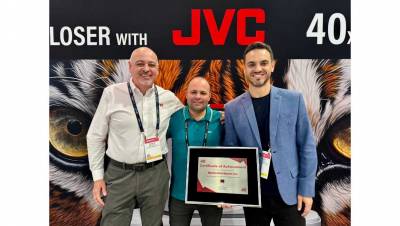
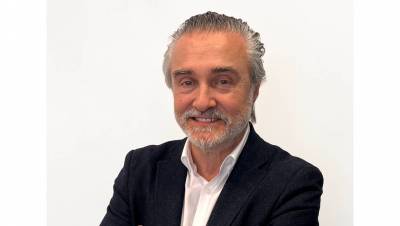
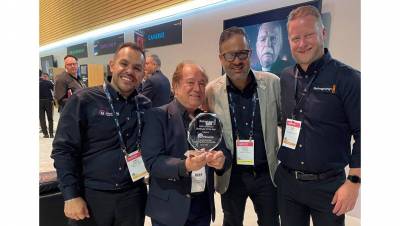
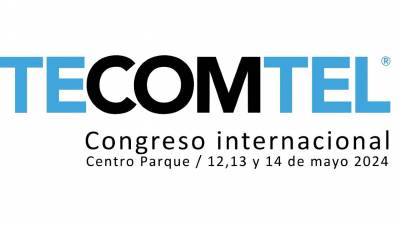



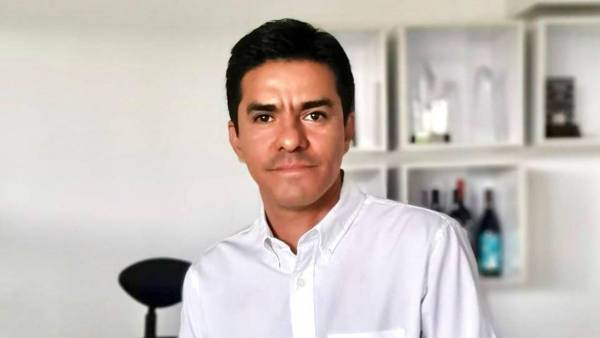
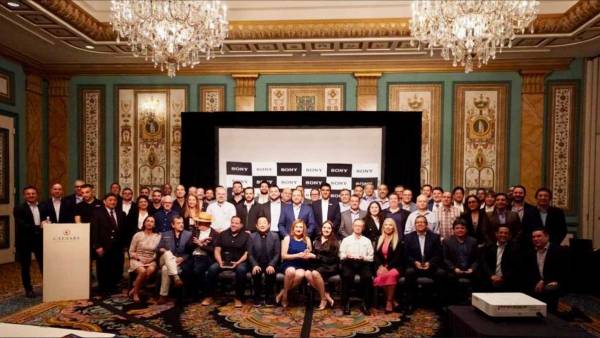
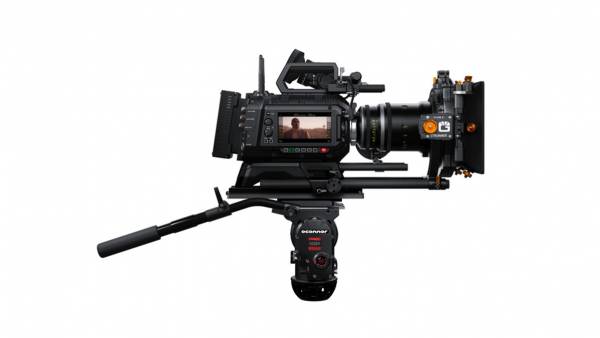
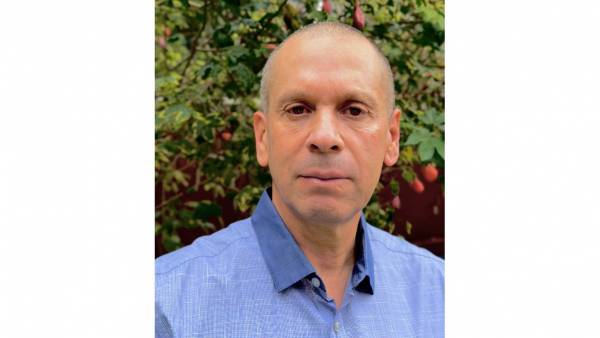
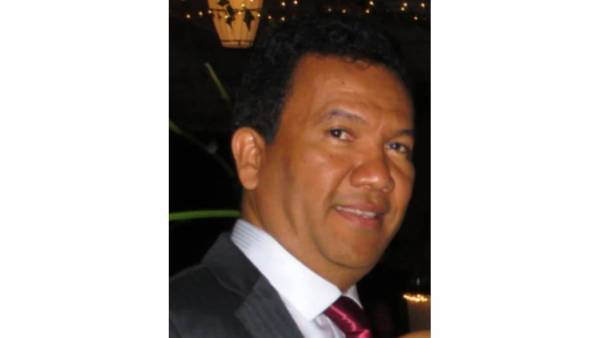
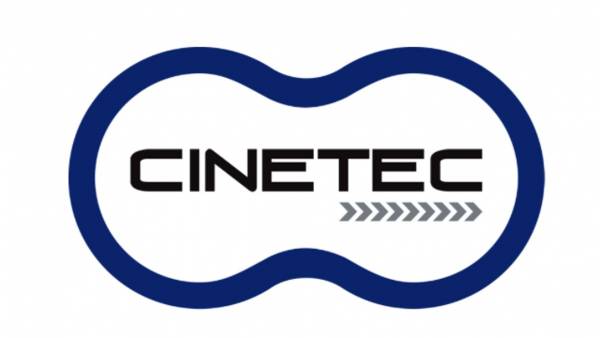






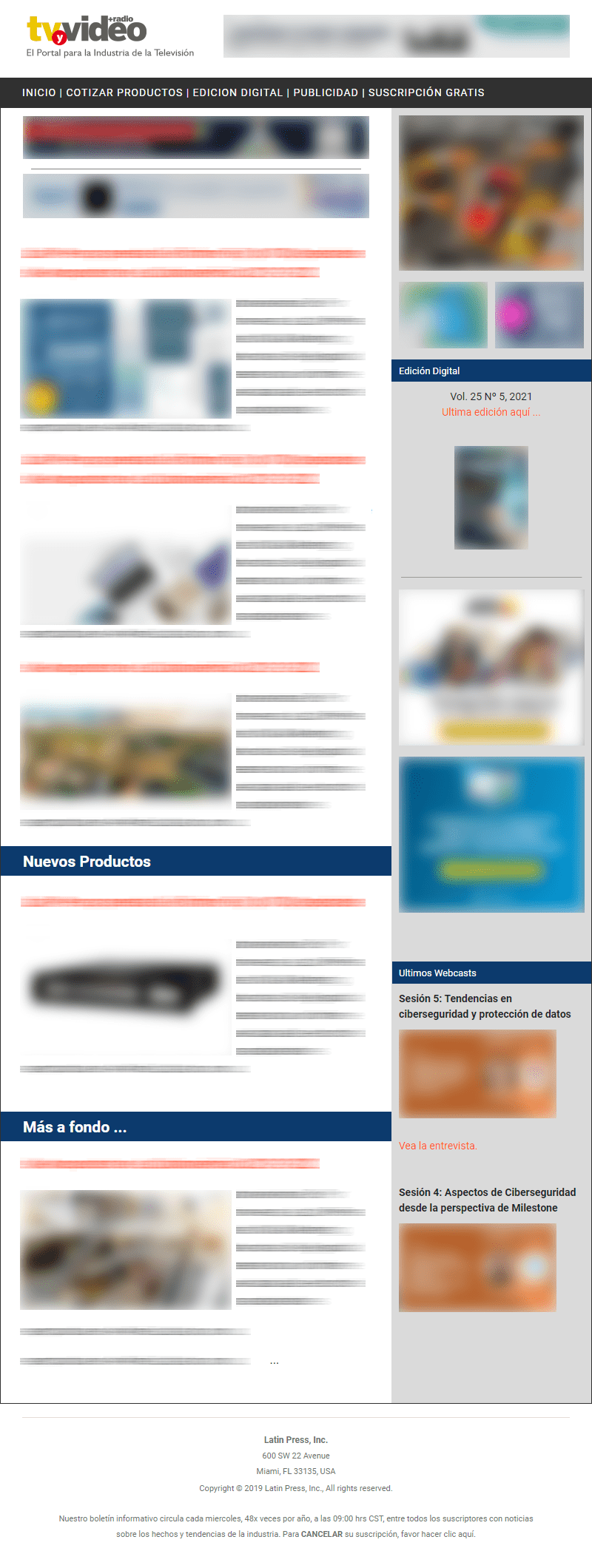
Leave your comment